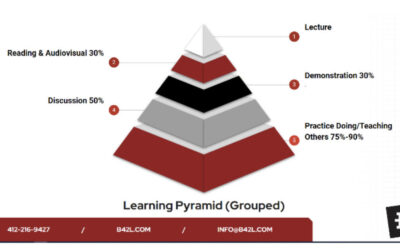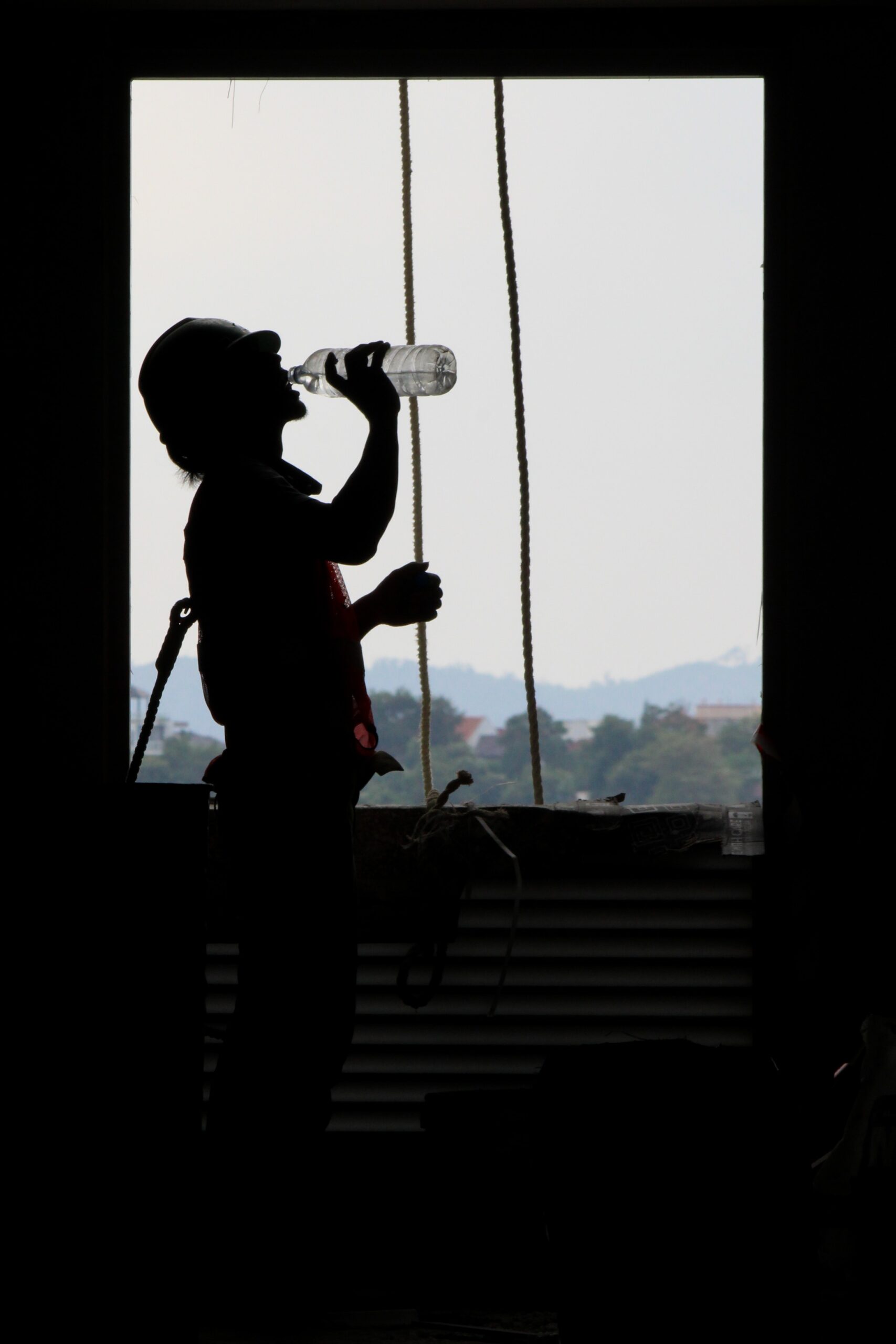If you are superman, PLEASE STOP READING
If you are NOT SUPERMAN PLEASE PROCEED
Because you are not superman you most likely fall into one of these three categories:
- Employee
- Employer (manager/decision maker)
- Community Member
Although all of these groups are unique, there is one evident similarity between them. That similarity is, each groups member’s are at risk to either suffer an emergency situation or be a bystander in an emergency. Having a proper Emergency Plan in place is a proactive step to ensure your staff/group is aware of these situations, but what happens when they need to act?
If the situation becomes life or death, can you confidently proclaim: “My employees have the best fighting chance”
If you are unsure please continue reading.
Reasons to Train Your Staff for an Emergency Situation
- The Workforce is Unprepared as a Whole:
- According to the American Heart Association 55% of employees in corporate offices, hospitality, education and industry/labor cant get CPR/AED/First Aid training from their employer. What was more shocking is that nearly 50% of employees couldn’t even locate an AED in their workplace.
- US Occupational Safety and Health Administration (OSHA) reports that there are somewhere close to 10,000 cardiac arrest cases occurring in the workplace every year.
- Prevalence of Diverse Emergency Situations: THE STATS SPEAK FOR THEMSELVES
-
- The CDC reported the number 7 cause of death being diabetic emergencies. There were a total of 79,535 lives lost between 2011-2014. With nearly 26,000 deaths every year, diabetic emergencies are a tremendous threat and should be taken seriously.
- There were 1.7 million emergency department visits with asthma as the primary diagnosis in 2016. Many people believe asthma is a condition that only athletes suffer. It is evident that many individuals visit the emergency room due to asthma related emergencies. The best plan of action you can take is having your staff aware of these statistics and preparing them to respond.
- The CDC also reports that there were 16 million cases of Hay Fever in the past 12 months (2016 data). Hay Fever, is an allergy caused by pollen or dust in which mucous membranes are inflamed in the eyes and nose. Whether you are in the landscaping business and are exposed to grass, or an office that has routine dust collection, your EMPLOYEES ARE AT RISK!
These are just a few of the emergency situations a workforce could be exposed to. Being prepared in the event of an emergency is the best way to ensure you protect your employees and reduce the risk of fatalities caused by emergencies.
- COMPLIANCE COMPLIANCE COMPLIANCE
One pressing reason to get your staff trained is to ultimately protect yourself against fines and auditing scares.
OSHA standard 1910.151 clearly states:
“In the absence of an infirmary, clinic, or hospital in near proximity to the workplace which is used for the treatment of all injured employees, a person or persons shall be adequately trained to render first aid”.
Many first aid programs cover the following topics:
- Shock
- Diabetic Emergencies/Allergic Reactions
- Breathing emergencies including choking
- Slips/trips/falls (suspected or obvious trauma causing broken bones)
- Bleeding emergencies
- Heat/cold related emergencies
- Suspected poisoning/overdose including proper Naloxone protocol.
Now that we have covered a few reasons why the employer should invest in preparing for emergency situations, let’s take a look at why employees and community members should BUY IN TO EMERGENCY TRAINING:
Reasons Employees or Community Members should become trained
- You could experience an emergency yourself – if you are trained in emergency preparedness, we applaud you in your efforts to provide care. All too often though, there have been instances where the person who was the designated trained, experiences an emergency themselves.
- You can use your skills outside of the office – While we have been highlighting workplace preparedness, you may end up in a situation out of the office that requires your skills to be used.
- Rules have changed – Yes, you may have taken a CPR class 20 years ago when you were in PE. That being said, certifications are only valid for 2 years upon completion. The reason behind a 2 year certification is because standards change and science teaches us more up to date information to apply to use. One of the biggest changes is the use of Compression Only CPR. In this form of care, a responder chooses not to administer rescue breaths.
Take a look where the fitness staff used their skills out of the classroom to help save the life of a Gonzaga basketball player on the court.
https://www.youtube.com/watch?v=vbZJst2CHhI
Where should I get my staff trained?
There are plenty of resources available to you. The most important thing to keep in mind is where the information is coming from. Having trainers that are certified instructors makes the difference and brings credibility to your event. Here are a few resources:
Before It’s Too Late LLC – B42L.com
- B42L is based out of Pittsburgh, PA and has certified nearly 1,000 participants
- B42L travels to your location and provides onsite training
- B42L has all instructors certified through The American Red Cross
- B42L has trained companies in the following industries: Oil and Gas, Home care and nursing, physical therapy, trucking, construction, manufacturing, and many more
You can also use resources such as The American Red Cross or American Heart Association.
Final Thoughts: It is important to take ownership of safety protocol and emergency preparedness. Employers should abide by OSHA regulation to stay in compliance. You could fall victim to an emergency situation yourself. B42L is proud to serve your training needs!
Visit B42L.com to save your seat and check out other safety resources.
Was this helpful? Leave a comment and connect with us on social media or you can visit our website at B42L.com






I love this post because people might not understand why it’s so important to be trained and certified until they make it to one of your classes. That is the first step, and some people don’t think it’s something that could happen to them so I’m glad that you mentioned how and why you should have this training in the workplace, regardless of profession. You never know when an emergency situation will occur, and I think that you 3 do a great job emphasizing this and making the training enjoyable while also being extremely informational. Thank you!
This blog should be read by owners of both large and small business, but especially small ones. Often, small/local businesses such as independently owned gyms, studios, stores, or offices don’t train their staff members in CPR/AED/First-Aid for a variety of reasons. Such reasons could include: limited funds, prioritizing other initiatives, or a simple lack of knowledge. No matter how small a company or a business might be, it’s extremely important that all employees and staff are trained. It’s impossible to predict when an emergency might occur, so it’s helpful to have the First-Aid and CPR skills in your back pocket in case you need them.